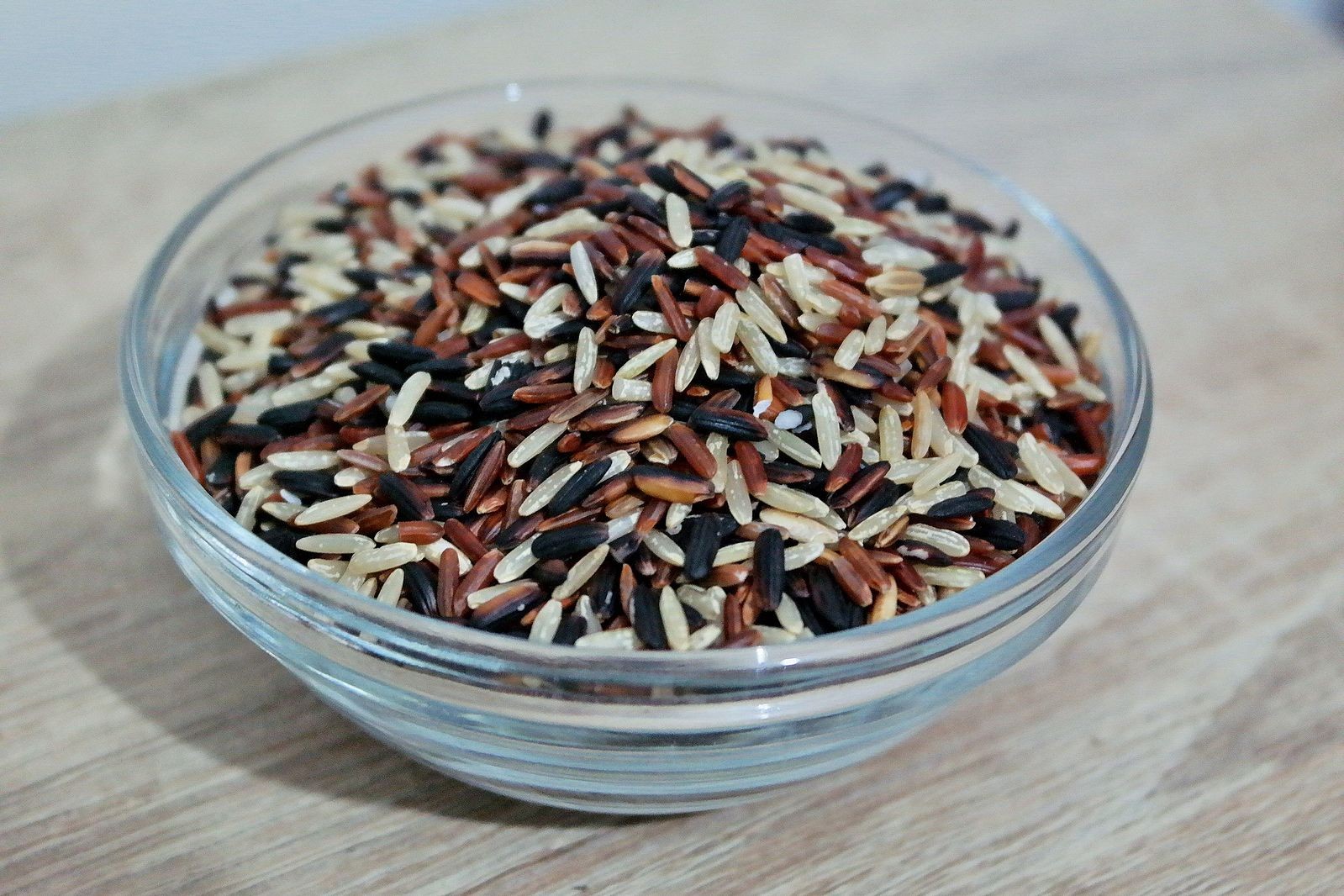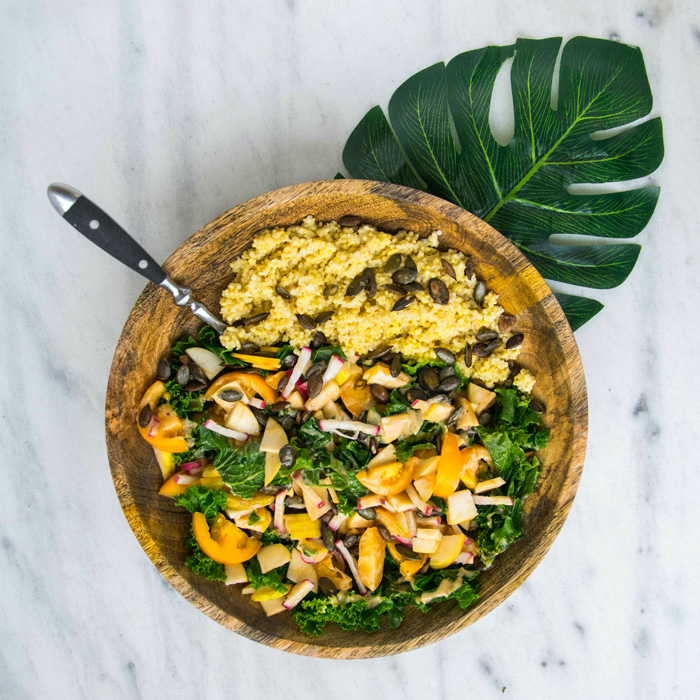Perhaps you have someone in your life that is gluten free or you find yourself needing to cut gluten out of your own diet. What does it mean and where to start?
Gluten refers to certain proteins (prolamins) found in some grains. These proteins have been shown to trigger celiac disease. However, not everybody that avoids gluten has Celiac disease. Many individuals have gluten-intolerances or even sensitivity to processed wheat, while others may be working on an elimination diet or trying a lifestyle without gluten.
Grains that contain gluten include:
- wheat
- spelt
- barley
- rye
- triticale
- spelt
- kamut
- einkorn
Remember, this includes grain products like wheat bran, wheat germ, cracked wheat, couscous, farro, semolina, bulgur, farina, durum, matzo.
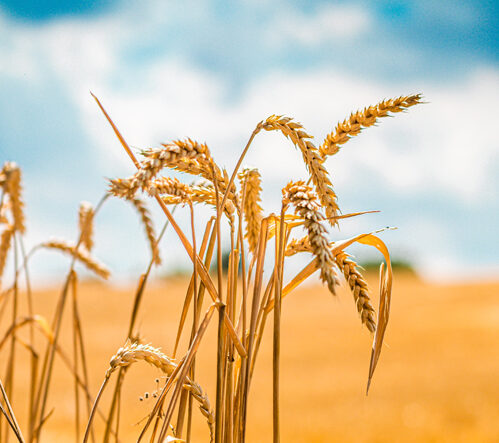
Photo of Wheat by David von Diemar on Unsplash
So anything including any of these grain items in their ingredients contains gluten. Traditional bread, noodles, crackers, cookies, pastries, and most beer, which all are made from glutenous grains. Wheat is a surprisingly common ingredient in many common packaged foods and recipes. This includes soy sauce, gravy, thickened soups, dressings, spice blends, some wasabi, barley malt, malt vinegar, many candies – think malt balls, twix, kit-kats and even candies and foods that don’t seem like they would contain gluten. When you’re trying to avoid gluten completely, it is essential to look at the ingredients and see if there are any gluten grains in there.
If someone is very sensitive to gluten, then foods that are inherently gluten free can become a problem if they are contaminated with gluten during processing. This is why you’ll see gluten-free oats as they often come into contact with the same surfaces as wheat. Oats do not contain the same protein considered gluten as the grains above, though some dispute that people can also be sensitive to the protein in oats. This is where it comes down to an individual's sensitivities.
Perhaps you have someone in your life that is gluten free or you find yourself needing to cut gluten out of your own diet. What does it mean and where to start?
Here is the list of grains and substitutes that do not contain gluten:
- White and brown rice
- sushi rice
- all other types of rice
- buckwheat (despite the name)
- millet
- amaranth
- quinoa
- corn
- sorghum
- teff
- almond flour
- coconut flour
- cassava
- tapioca (derived from cassava)
- arrowroot powder
- potato starch
- xantham gum
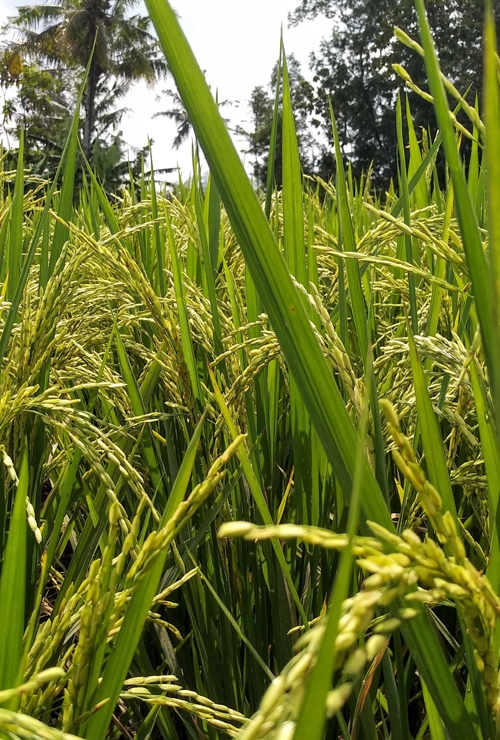
Photo of Rice by Andhika Y. Wiguna on Unsplash
You’ll notice there are some nuts, seeds, and roots included in the list – eating gluten free requires some creativity! Now that we know what is gluten free, how do we cope with food?
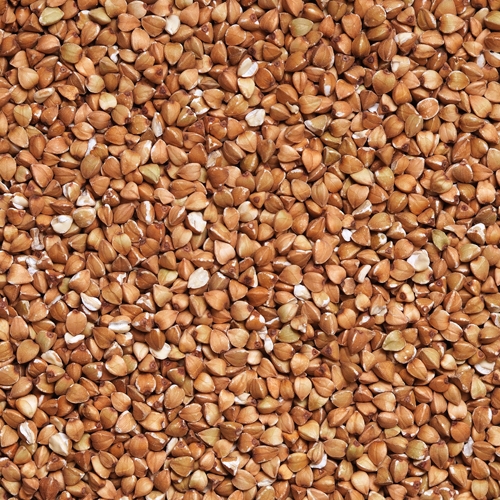
Photo of Buckwheat by Łukasz Rawa on Unsplash
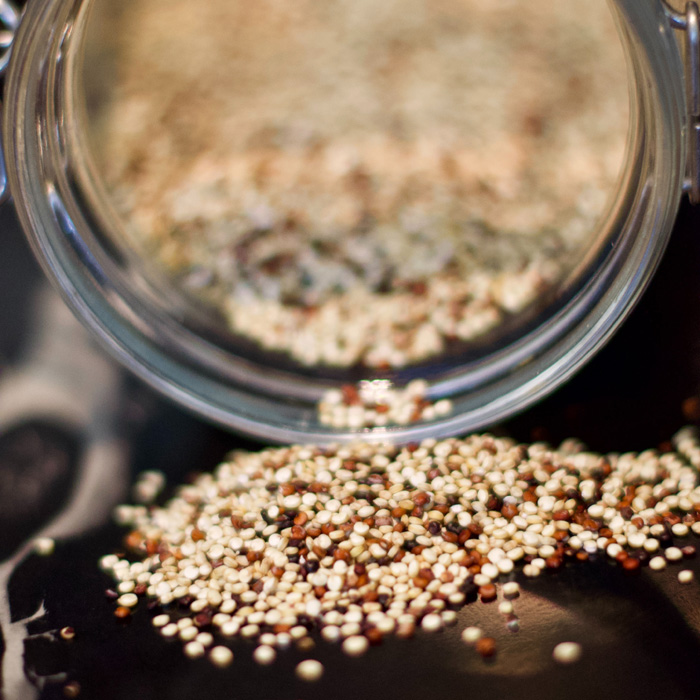
Photo of Quinoa by Dan Dennis on Unsplash
Gluten Free Foods
For bread, noodles, cookies, muffins, crackers and canned or frozen goods, there are so many delicious products on the shelves to substitute these easily. A couple brands to look out for are Annie's Gluten Free, Bob's Red Mill Gluten Free, Lotus Foods, Pamela's, Sami's Bakery, Simple Mills, Tinkyada, Udi's. Although, there are so many options now on the market and our stores are packed with awesome gluten free products.
As you move into the gluten free territory further, you might try to make some of these things at home.
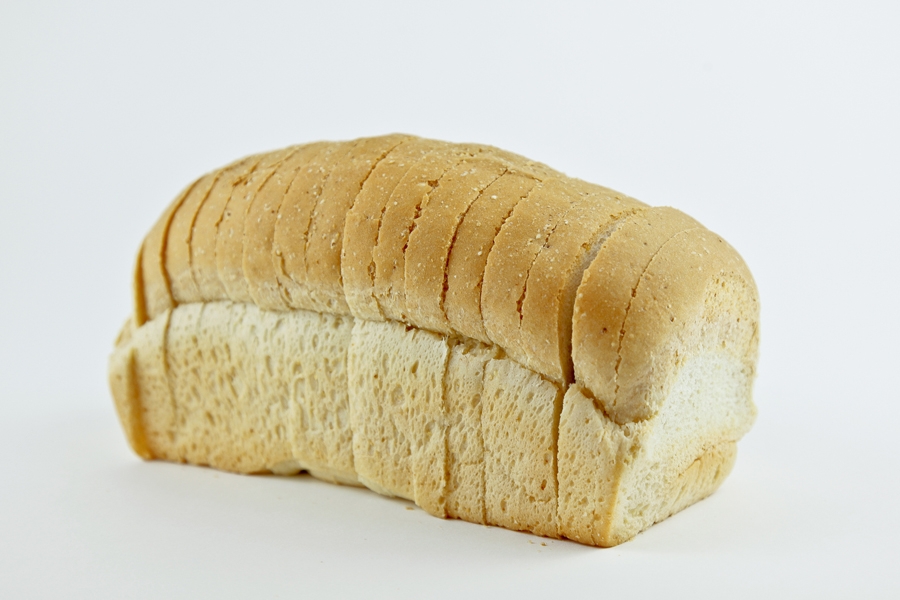
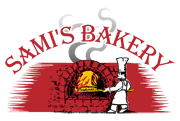
Sami's Bakery is one company that does a great job making Gluten Free Substitutes including a millet and flax bread, sourdough bread, and delicious cinnamon cracker snacks.
Making Gluten Free in the Home Kitchen
We’ll start with thickening soups and gravies. Using rice flour instead of regular flour actually works really well. You might opt to put in a bit of cornstarch too if you want to go that route. You can make the gravy or soup like usual and add the flour in while stirring. It may take a little more flour and time than your normally used to. Butter with the gravy helps a lot to make a tasty gluten-free gravy.
Gluten free baking can be problematic as it often ends in baked goods that are too crumbly or too dense. It can be tricky to get items to stay bound together rather than falling apart and be light and fluffy. Investigate gluten free recipes online and try some out. There are some great bloggers out there. Find one or two bloggers you love and try out their recipes. What the Fork Food Blog specializes in recreating delicious bakery favorites and covers breads, snacks, breakfast and more. They cover gluten free flour mixes and pantry essentials too. Once you try out some recipes, you might experiment on your own.
Here’s a quick overview of the main flours:
- Rice flour works well and tastes good but tends to be crumbly in baking and needs some help in becoming delicious.
- Buckwheat is a bit hardier and stickier, but can be a little bitter if it is not soaked or given time to settle. Letting buckwheat sit overnight or at least a couple hours helps remove the bitterness (like crepe or cookie recipes). Buckwheat also has a stronger flavor which might not be desirable in some cases.
- Oats are sticky, but also very dense and tends to not hold flavor as well in a baked good.
- Almond flour is pricier, but lends a delicious and moist consistency in baking.
- Coconut flour is airier and does impart a coconut flavor.
When you look up gluten free recipes, there are many creative ways people have found to make it work. When baking gluten free you must change the way you look at baking at least a little. Here are some things you might see or can try at home:
- Double acting Baking Powder (with four ingredients)
- Baking Soda with an acid like Vinegar or Lemon Juice
- Extra Egg
- Add yogurt
- Add Applesauce
- Add Mashed banana
- Add Flaxseed meal
- Utilize nut and seed butters like almond butter and tahini.
- Use root vegetables and squashes like sweet potato and pumpkin
- Use of beans like black bean and chickpea
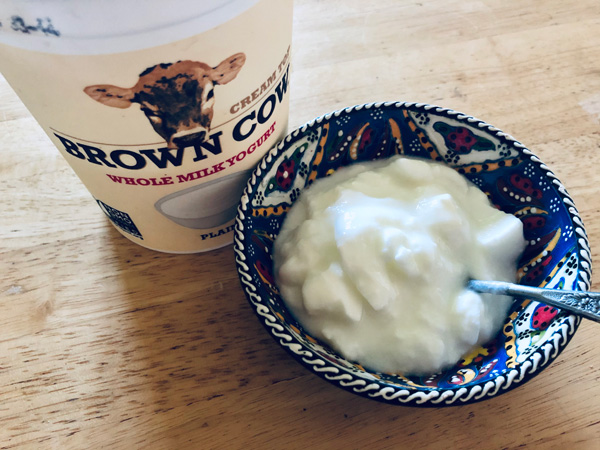
Yogurt can be particularly helpful in biscuits, cakes, quick breads, pancakes and more!
You might see a variety of interesting things like sweet potato, tahini, or black bean brownies. It turns out that many Paleo recipes are inherently gluten free so you might check out paleo products and recipes as well for some good ideas.
If you don’t want to deal in the whole-grain approach, there are plenty of ‘all-purpose’ gluten free baking flours on the market as well if you would prefer to get mixes that are ready to go. Xantham gum is a substance used to add volume and viscosity to baked goods. It is a more processed ingredient and is often found in premade GF flour mixes.
Eating gluten free can be very enjoyable and still full of flavor! Many eastern influenced snacks and treats are naturally gluten free. There are fun products like mochi, a sticky rice treat made with mochigome, a short-grain japonica ‘glutinous’ rice (despite the name it is gluten free). There are also tapioca pearls – like those found in tapioca pudding or Boba bubble tea that are fun and gluten free.
Some Substitute items for your Fridge and Pantry
- For soy sauce, tamari is a gluten free alternative and coconut aminos or Bragg amino work well too.
- In place of malt vinegar you can use apple cider vinegar – just use a bit more as malt vinegar is stronger.
- In place of barley malt syrup, try brown rice syrup, honey, molasses, maple syrup or, in a pinch, sugar.
- For beer, some breweries are going out of their way to make gluten free beers. Ciders, meads, kombucha beers and seltzers are all gluten free.
- For snacks there are so many products on the shelves that are gluten free from cookies to candies to bars – just keep your eyes on the ingredients if you are shopping at a more conventional store.
In summary, there are many options. Avoiding wheat and other gluten containing grains does not mean eating a bland diet. In fact, it might mean you end up learning about more foods that you knew about before!
Featured Image by Maor X retrieved from Wikimedia Commons under CC BY-SA 4.0
